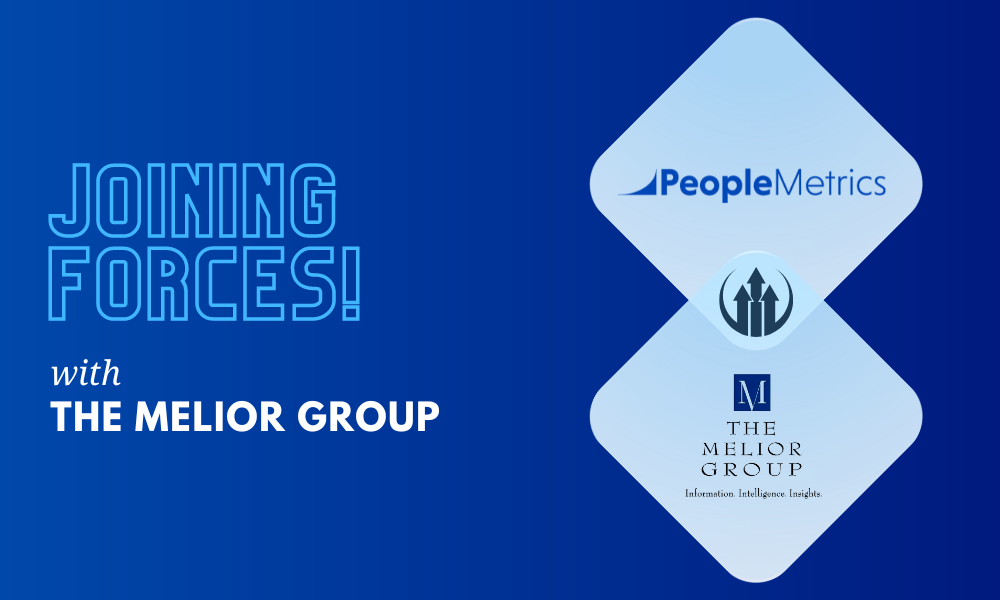You know the familiar saying: “Culture eats strategy for lunch?" Well, I would wager that there is just one word in those five that would be commonly defined by all of us. (Yup, you guessed it. "Lunch.")
That’s because culture, like strategy, is intangible, soft and elusive. About as concrete as steam.

And yet, so many businesses claim that they have or aspire to have a customer centric culture - to become more customer-centric, to put the customer first, to be customer-inspired.
In one of our previous posts, "Why Great Customer Service Isn’t Enough to Be Customer-Centric," we talked about these topics being hard to nail down. The challenge with setting a goal around something that is so slippery is determining when you have achieved it.
Customer-Centric Culture and Our Approach
PeopleMetrics recently took up the challenge. Our CultureMetrics benchmarking study included an assessment of the opinions of around 2,800 employees across 10 different organizations. We were looking to uncover the dimensions of customer-centric cultures. We recently presented this at the CXPA Insight Exchange, check out the slides below.
That is we were seeking the practices, beliefs, norms, language, behaviors, and policies that exist in companies where the customer is at the heart of operations. Not only were we able to build a diagnostic instrument that accurately measures how customer-centric an organization’s culture is but we were also able to identify some solid scenarios or situations that indicate a need to become more customer-centric.
Customer-Centric Signs You Should Be Watching For
Here are five signs you may not be as customer-centric as you think you are:
-
You frequently attend internal meetings to discuss product development, marketing, sales or strategy decisions during which the customer is absent from the agenda.
-
Managers can quote month-to-date sales statistics but give you a blank stare when you ask about customer retention and loyalty stats.
-
When you listen to employee/customer interactions you hear scripted conversations and inflexible policies not real people with individual discretion to take the right action for the customer.
-
When you pay attention to how the organization speaks you realize that the terminology and language requires translation for company outsiders.
-
Employees in different departments are unresponsive to each other and do not follow-through on promises.
Just how customer focused are you?
These are just five of many possible signals that your company is not putting the customer at the center of its operations. How well do you really know your customers?
–Kate Feather
Always plan before beginning work. Culture is but one stop on the way to fully becoming customer centric. Check out our free self-assessment by clicking on the button below.





